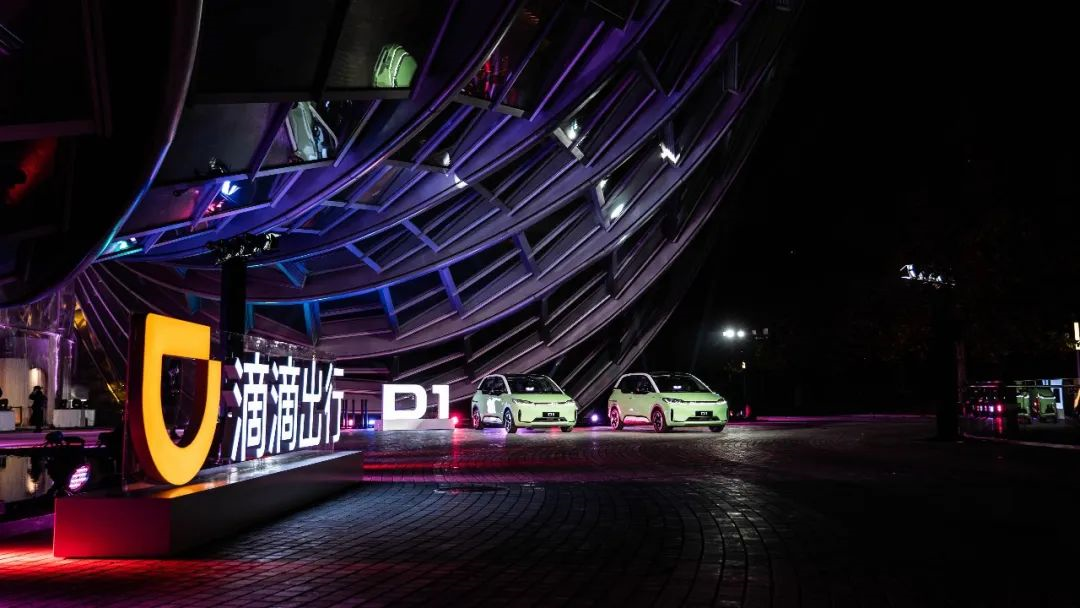Author: The chubby guy with dual turbochargers
The inspiration for this article came from my recent ride in a BYD D1, which was the first time I had ever ridden in one. During the ride, I asked the driver “How much does it cost to rent a BYD D1 per month?”
The driver’s answer sparked my curiosity and I went on to have a more in-depth conversation with him.
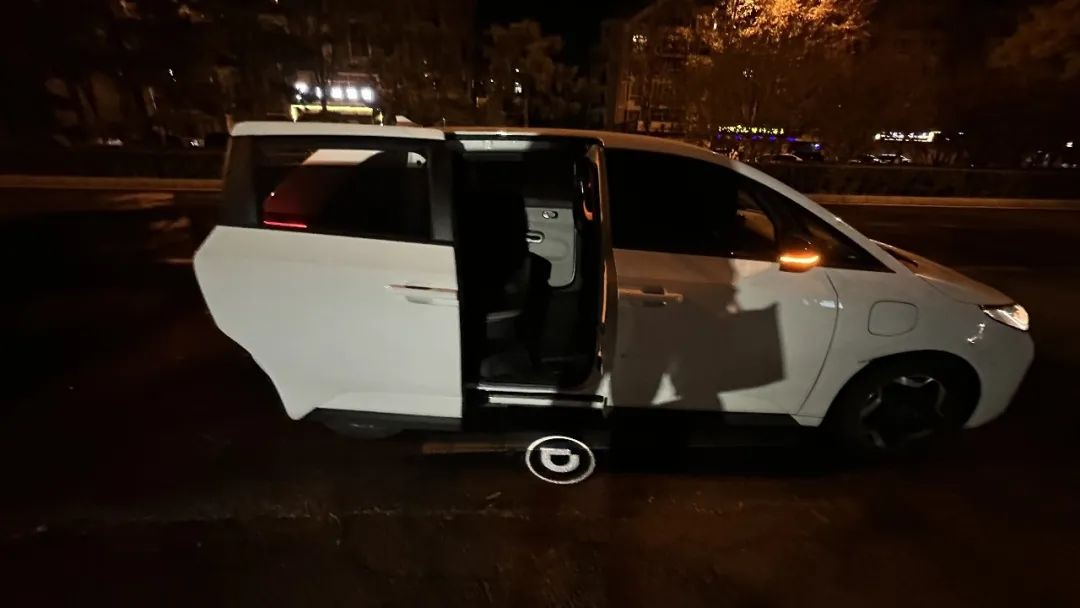
Afterwards, I carefully analyzed the topic of “ride-sharing vehicles”. Today, we will start by discussing the BYD D1.
What type of car is the BYD D1?
Two years ago, when the BYD D1 was first introduced, GeekCar was the first to investigate this type of vehicle. If you are interested, you can look at the article on “Didi’s Reshaping of Ride-Hailing“.
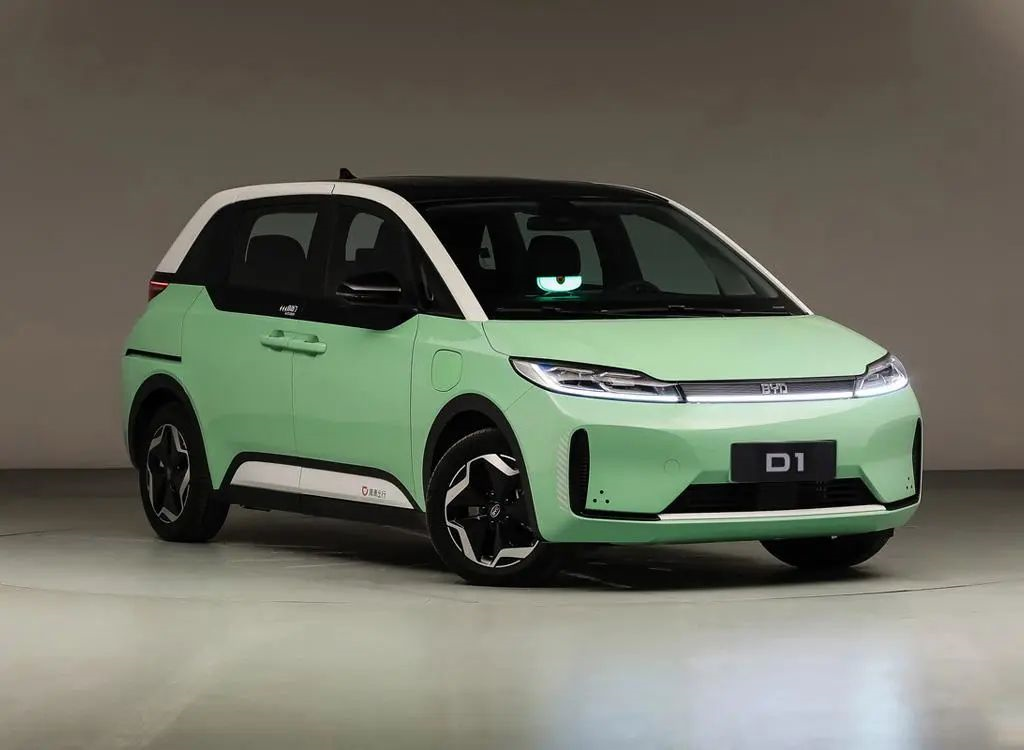
The BYD D1 is a vehicle made in partnership with Didi and BYD. It can also be considered a vehicle that was customized by Didi from BYD. The earliest version that hit the market was the 2021 Leading Edition.
The BYD D1 is equipped with a 53.6 kWh battery pack, which has a range of 418 kilometers under the NEDC cycle. The driver I met acquired this vehicle for lease in the first half of this year. He mentioned that on a daily basis, he could get around 350-370 kilometers on a full charge, which means a real-world range of 83-88%.But because the car has not been used for a year yet, I am not sure about its winter range in the north for now.
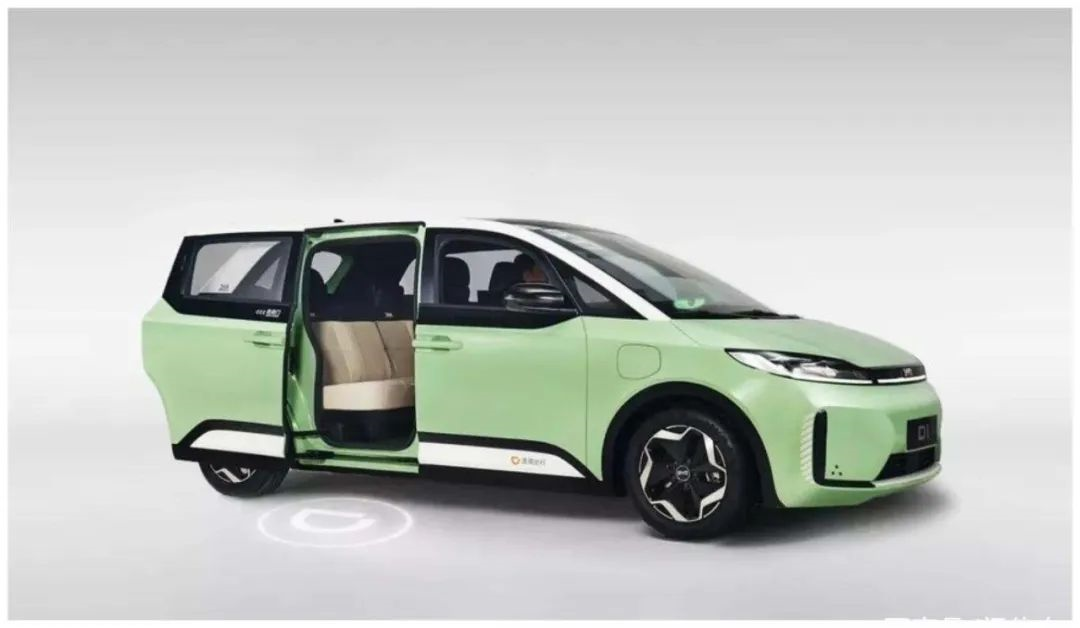
I believe that BYD D1 can definitely be regarded as a representative work in the “online ride-hailing car” category. As one of the few mass-produced models designed specifically for online ride-hailing, BYD D1 has many targeted designs for operational scenarios.
BYD D1’s driver’s seat has a different design from the other seats in the car. Compared to others, the hardness of the driver’s seat has been increased by 25%, which can provide better back and waist support for online ride-hailing drivers, and also relieve fatigue from long-term driving.
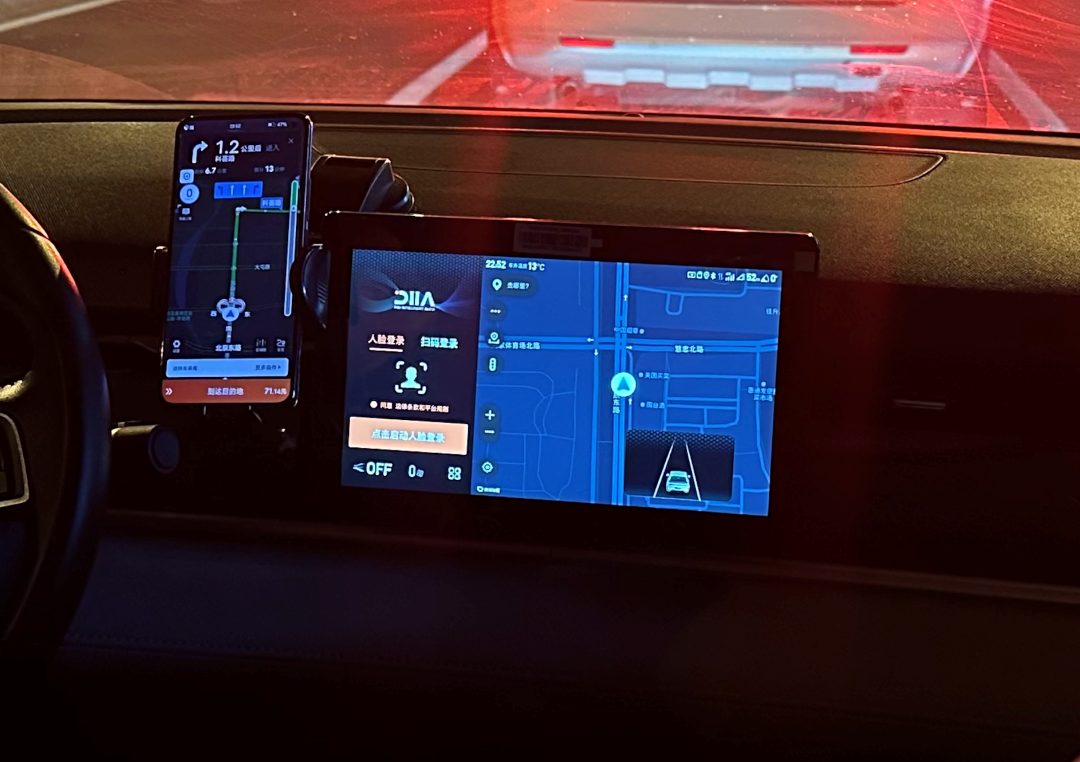
On the car system, BYD D1 is equipped with the DIIA car system, which is a car OS specially designed for Didi online ride-hailing drivers. There are not many applications, except for multimedia, air conditioning, vehicle settings, and vehicle information, mainly focused on the “Didi online ride-hailing driver-side”.
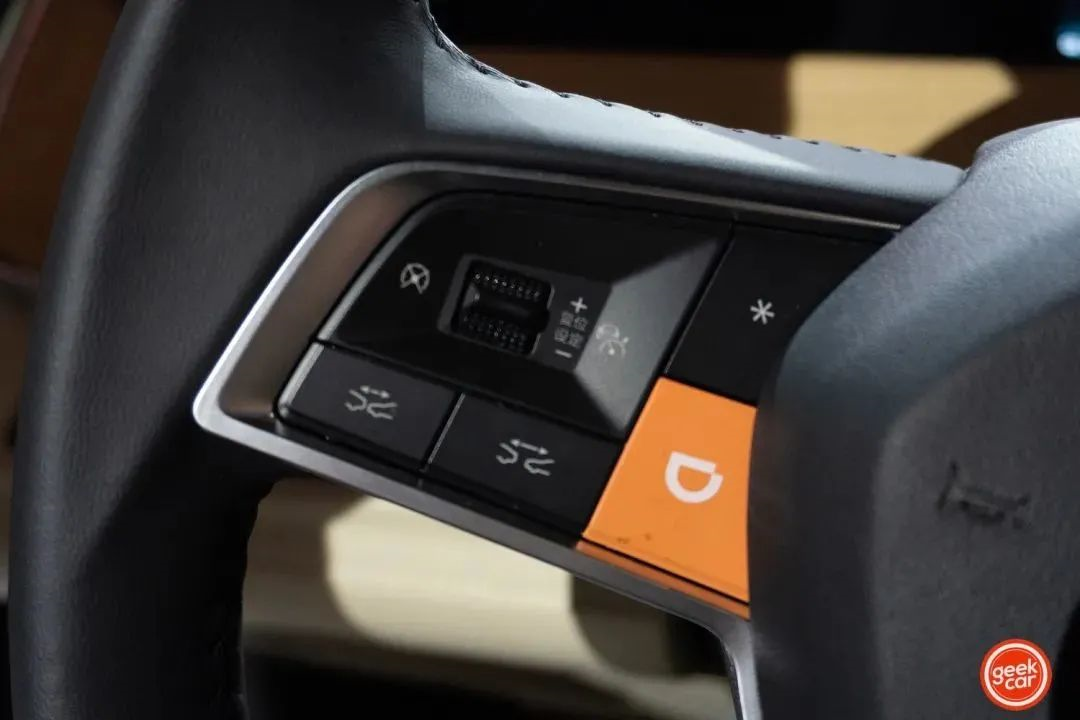
After the driver logs in through facial recognition, he can directly accept orders and navigate through the vehicle. On the steering wheel, there is also a steering wheel button with the Didi logo. Through this button, the driver can also accept orders more safely and efficiently.
However, the driver did not use the DIIA in-vehicle system, nor did he log in on the in-vehicle system. Instead, he opted for a mobile phone holder and mobile app. He explained, “Because the navigation map information on the centralized control screen is on the right side, and the left Dock bar takes up a lot of screen space, it is very difficult to obtain information while driving.”
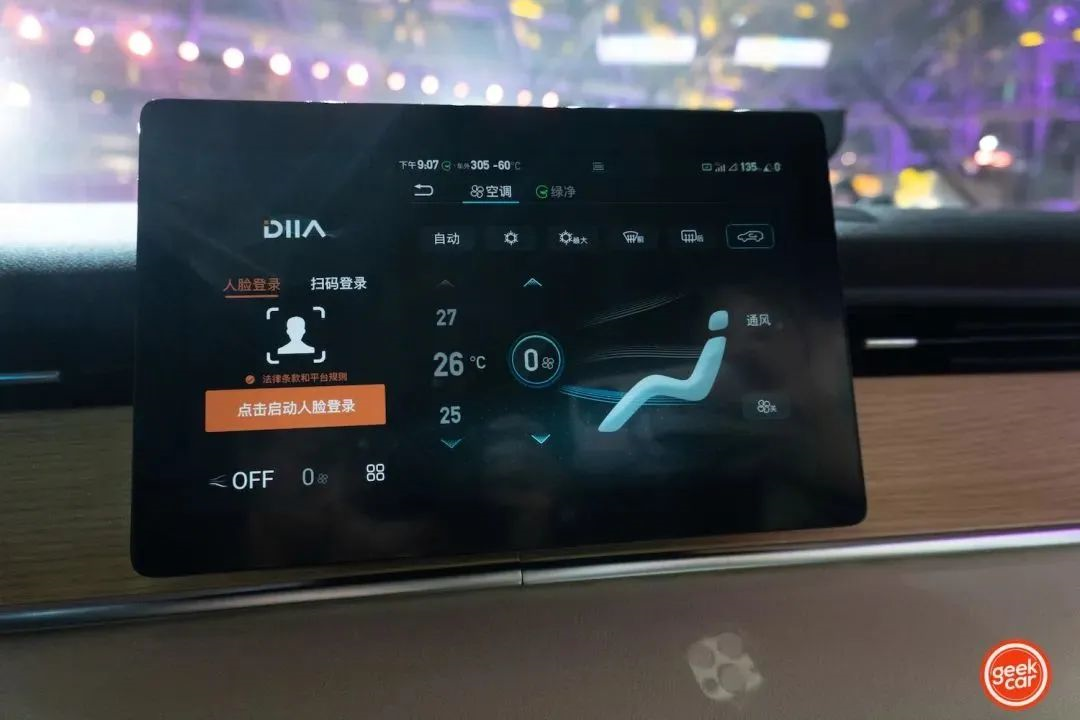
In addition, the BYD D1 also designs rear cup holders, hooks, mobile phone charging ports, and screen expansion interfaces on the backrests of the front seats.
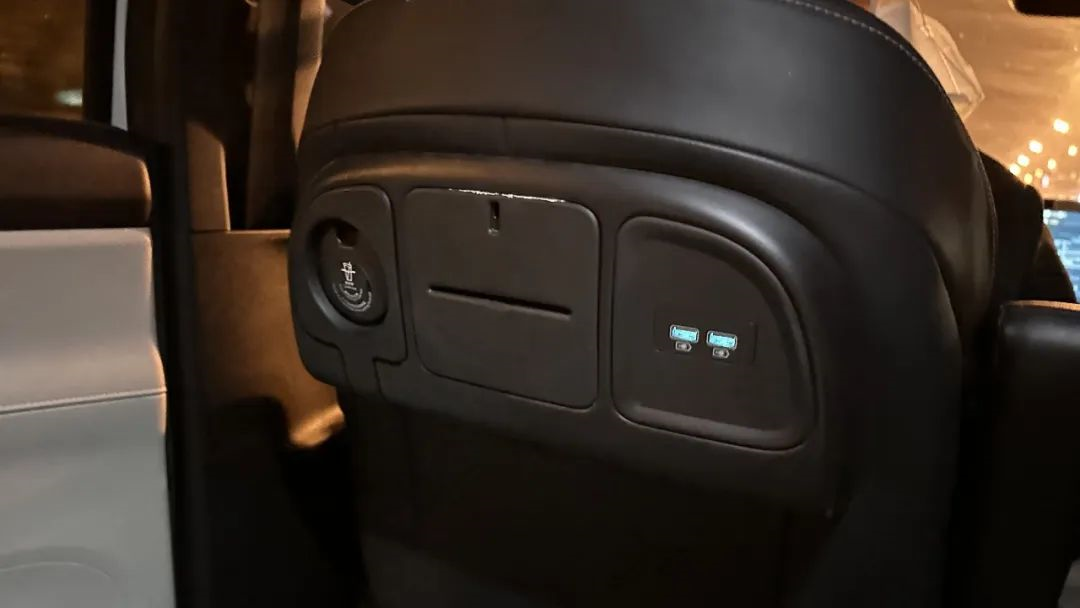
In terms of overall riding experience, the chassis of the BYD D1 is relatively hard, and the road feeling feedback on the road surface is particularly clear, especially on bumpy roads.
However, the rear space and riding comfort of the BYD D1 are very good. The legroom and headroom are both ample, the angle of the rear seat backrest is appropriate, the seat filling is in place, and it can handle long-time riding in traffic jams.
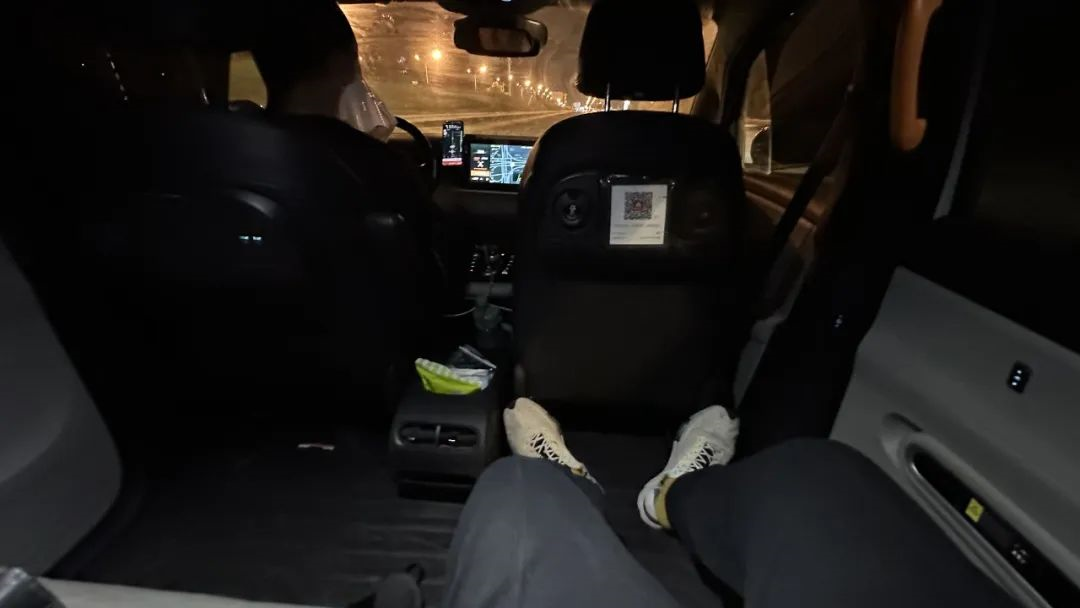
 But the performance of NVH silence is generally poor, and wind and tire noise are noticeable when driving on the main road of the fourth ring road in Beijing with a speed limit of 80km/h.
But the performance of NVH silence is generally poor, and wind and tire noise are noticeable when driving on the main road of the fourth ring road in Beijing with a speed limit of 80km/h.
With such a riding space, the space of the trunk is compressed, but as a commercial vehicle, the space of the trunk can carry two or three luggage, which is enough and cannot be compared with a household car. This is also determined by the positioning and usage scenarios of the model.
Introduction and experience of this car model are also a prelude for the following questions and viewpoints. Now, a Beijing ride-hailing driver is going to pay for the BYD D1.
Expenses beyond my expectations
As we all know, DiDi has different price settings in different cities. Therefore, the monthly turnover and income of DiDi drivers in different cities are also different.
In addition, although there may be slight differences in prices when renting the same car model from the same rental platform in different cities, the differences are not significant.
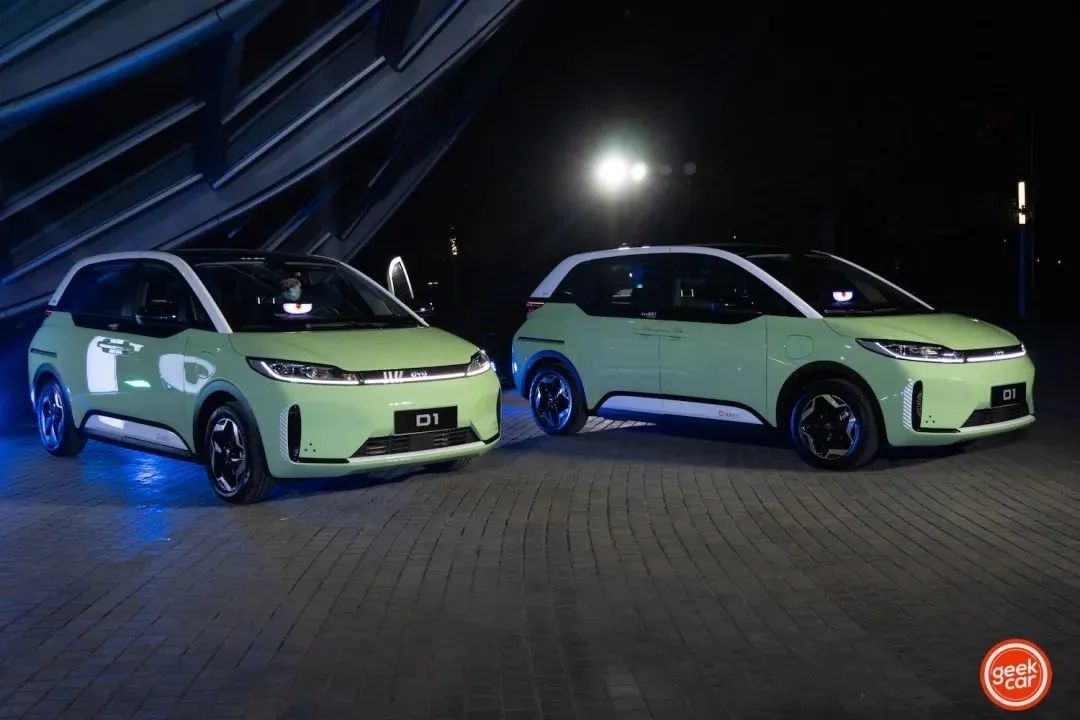
But what I never expected was that the rent difference of BYD D1 in different cities is still quite obvious.
The driver tells me that if you sign a half-year lease contract, the rent is 5,800 yuan/month, and if you sign a one-year lease contract, the rent is slightly cheaper at 5,600 yuan/month.
Insurance and maintenance are the responsibility of the leasing company, but there are strict maintenance mileage requirements. If the mileage is exceeded and maintenance is not performed, a breach of contract penalty needs to be paid.

Translation
I searched online and found that the lowest leasing cost for the BYD D1 in some cities can be as low as 3,899 yuan per month, while the average leasing cost is 4,299 yuan per month.
However, taking Beijing as an example, the difference between 5,600 yuan and 4,000 yuan is quite significant, and the difference can be nearly 20,000 yuan per year.
Assuming the original price of the BYD D1 (2022 Comfort Edition) is 157,800 yuan, regardless of whether the leasing company has discounts/offers when purchasing the vehicle:
Original price of 157,800 yuan ÷ 5,600 yuan per month ÷ 12 months per year = 2.34 years
In other words, it will take about 2 and a half years for a leasing company in Beijing to recover the cost of renting a BYD D1.
In addition to leasing costs, there are also daily electricity costs for using the vehicle.
Due to the impact of the pandemic, there is less personnel flow and the daily order volume for drivers has also decreased. Therefore, when the order volume was high, they needed to recharge the vehicle twice a day, but now once is enough.
The driver told me that the cost of each recharge is around 35 yuan and will not exceed 40 yuan. Using Didi’s subsidiary Xiaoju to recharge the vehicle can enjoy discounts for ride-hailing drivers, with a charging fee of 0.66 yuan/kWh.
However, this benefit is not only for the D1 model, but also for all ride-hailing drivers who drive pure electric vehicles.
I asked: What other platform benefits can be enjoyed when driving the BYD D1?>The driver’s reply was: no more.
After that, I, as someone who wants to become an online ride-hailing driver, contacted several companies specializing in online ride-hailing rental and inquired about the prices of several common “Didi Express” car models.
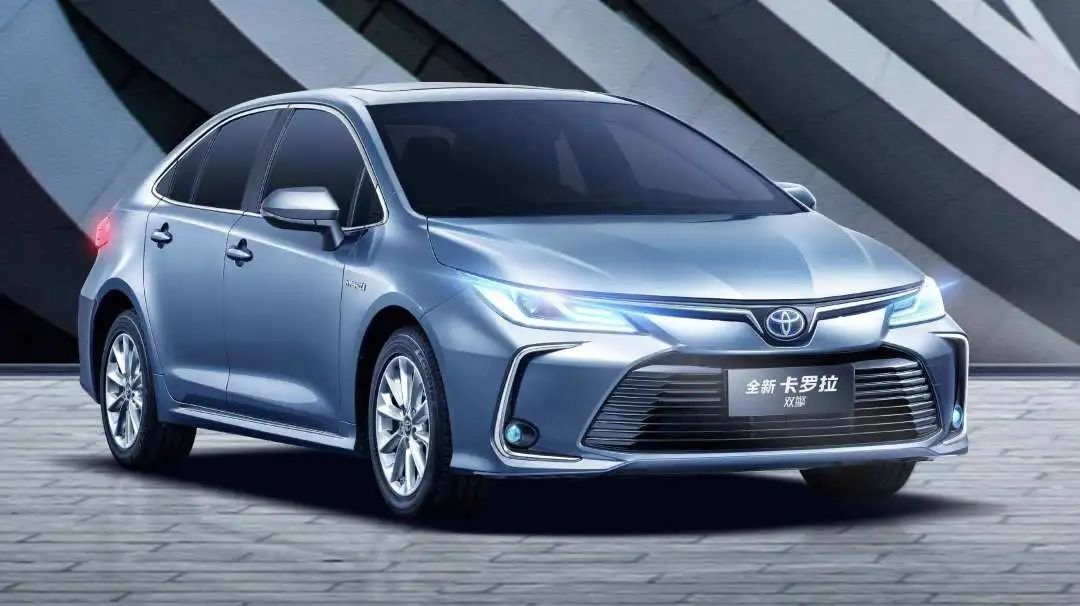
For hybrid models like Corolla/Levin, the monthly rent is around 5,500 yuan with a one-year contract.
Although fuel is required, the fuel consumption of these two hybrid models is still relatively low. Calculated, the total fuel cost is 0.35 yuan per kilometer. Compared with an average of about 0.1 yuan per kilometer for the BYD D1, the difference in fuel and electricity costs is still quite significant for online ride-hailing drivers.
However, fuel-powered cars can be refueled directly and are more time-efficient than electric cars. The time saved can allow for more orders and earn more money, so the gap in refueling costs will be narrowed.
Compared with “non-online ride-hailing rental”, on other rental platforms, B-class sedans such as the Magotan, Passat, Accord, Teana, and Camry can reach the “professional car” level of Didi Chuxing.
-The short-term rental fee is about 170 yuan/day, which is 5,100 yuan per month;
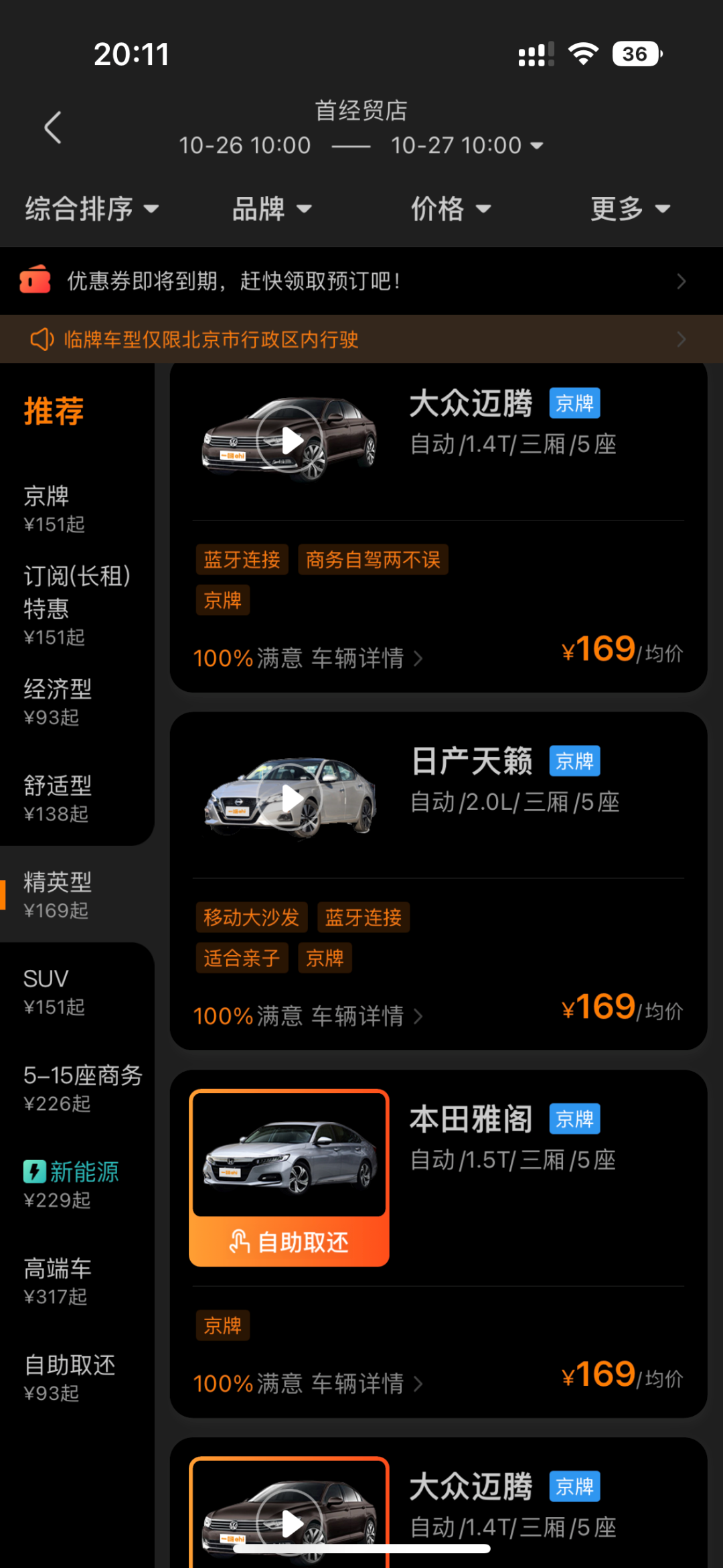
- The annual long-term rental fee is about 135 yuan/day, which is 4,000 yuan/month.

A-class sedans like Volkswagen Bora, Dongfeng Yueda Kia Lioncel, and Nissan Sylphy are capable of meeting the “Express” level of Didi Chuxing.
- Short-term rental costs around 140 yuan/day, equivalent to 4,200 yuan/month.

- Long-term rental costs around 120 yuan/day for a year, equivalent to 3,600 yuan/month.
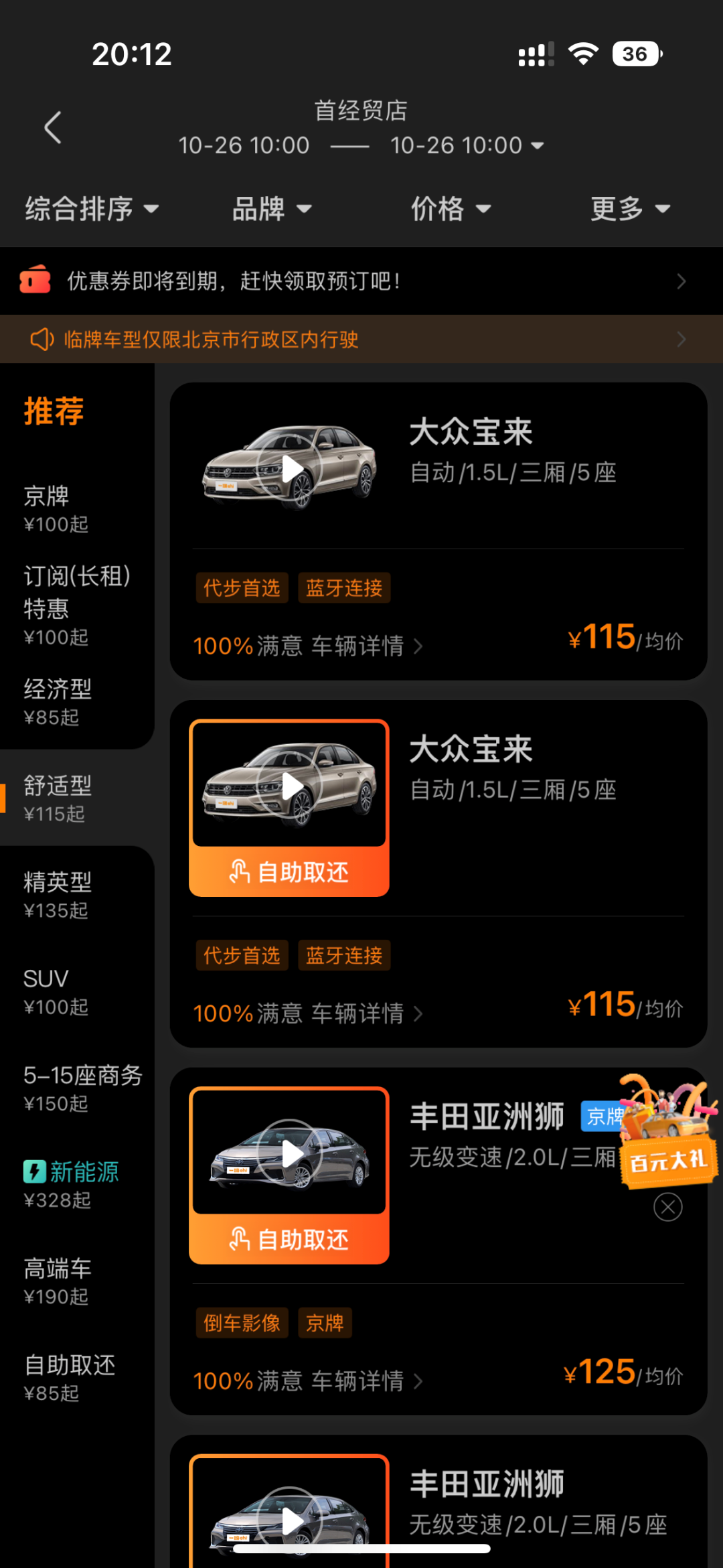
Platforms for “Non-ride-hailing Car Rentals” also provide vehicle insurance and maintenance.
It can be seen that due to the longer driving distance of ride-hailing vehicles and other reasons, the cost of ride-hailing car rental is generally much higher than that of private car rental, and even more expensive than choosing a higher-level car model for private car rental.
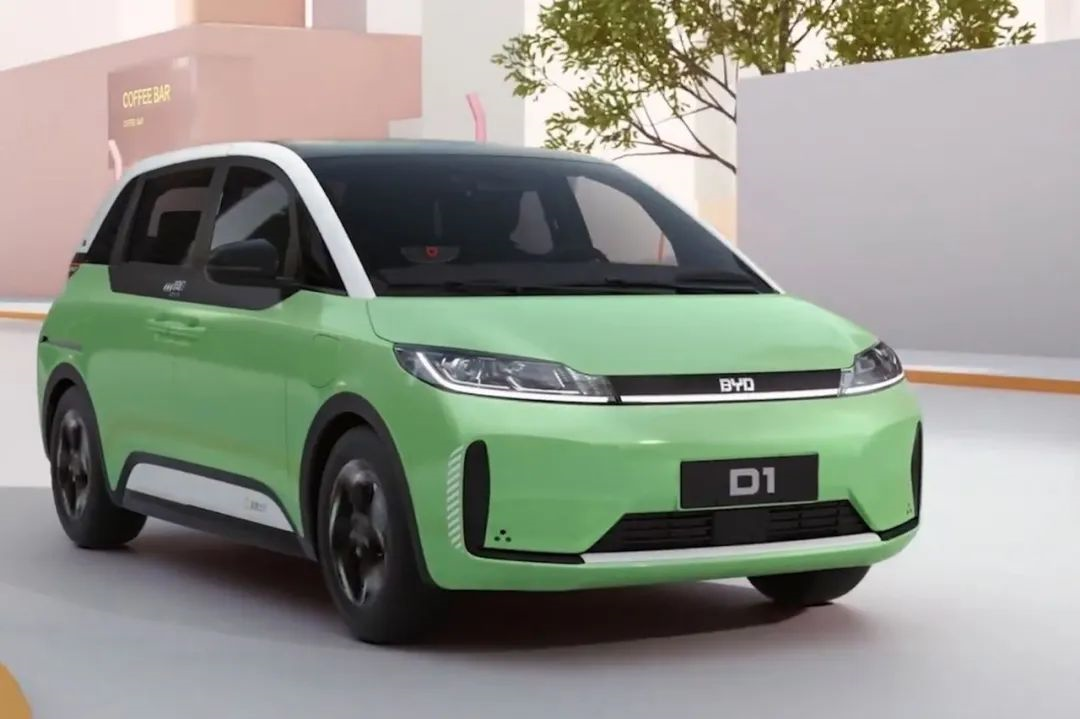
Even the BYD D1, designed for ride-hailing services such as Didi Chuxing, does not save rental costs for drivers.
Can you earn more with the BYD D1 in Beijing?
This ride-hailing driver revealed to me that the number of customers they serve is significantly affected by the epidemic. Recently, the daily revenue has been around 700 yuan, which is the money the driver receives after the Didi platform deducts 10-30% of the service fee.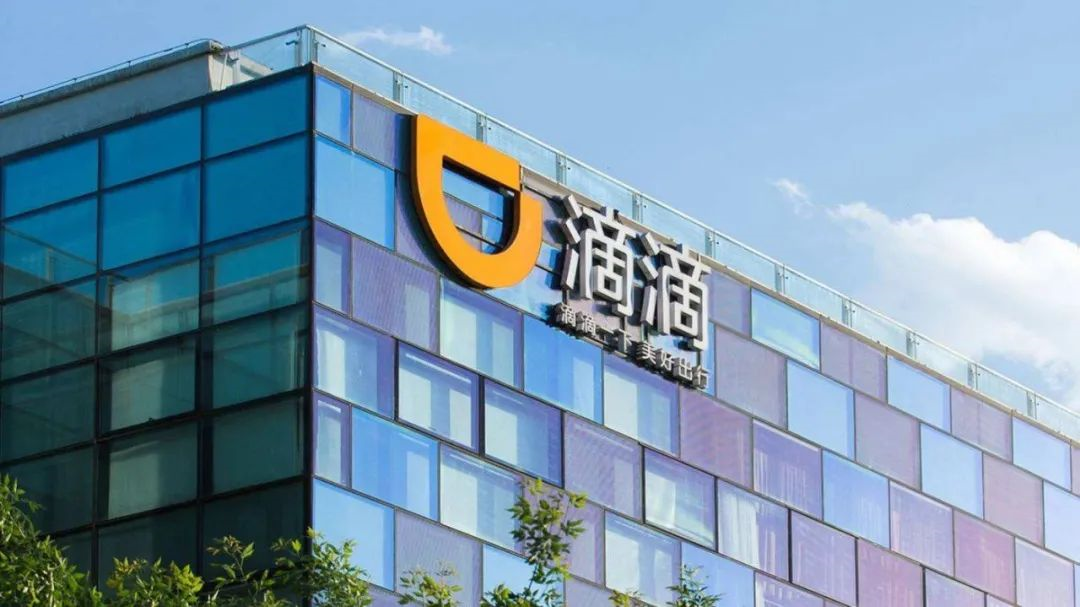
His monthly turnover is around 20,000 yuan, which means Didi platform needs to deduct 2,000-8,000 yuan from him for platform services every month.
However, after deducting the vehicle rental of 5,600 yuan, charging costs of about 800 yuan, rental costs of about 800 yuan for living in Beijing (shared room in suburban Beijing), and daily meal expenses and other expenses, this driver can earn about 10,000-12,000 yuan per month.
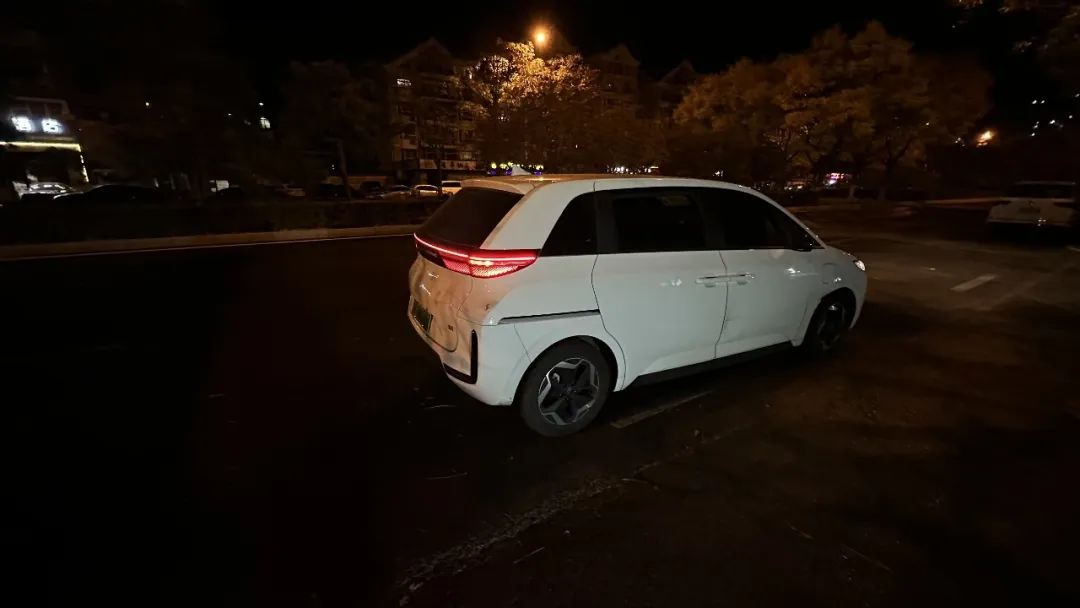
However, he usually needs to take orders for at least 12 hours a day, and only rest on weekends, which means he earns not little money, but it is indeed a hard job.
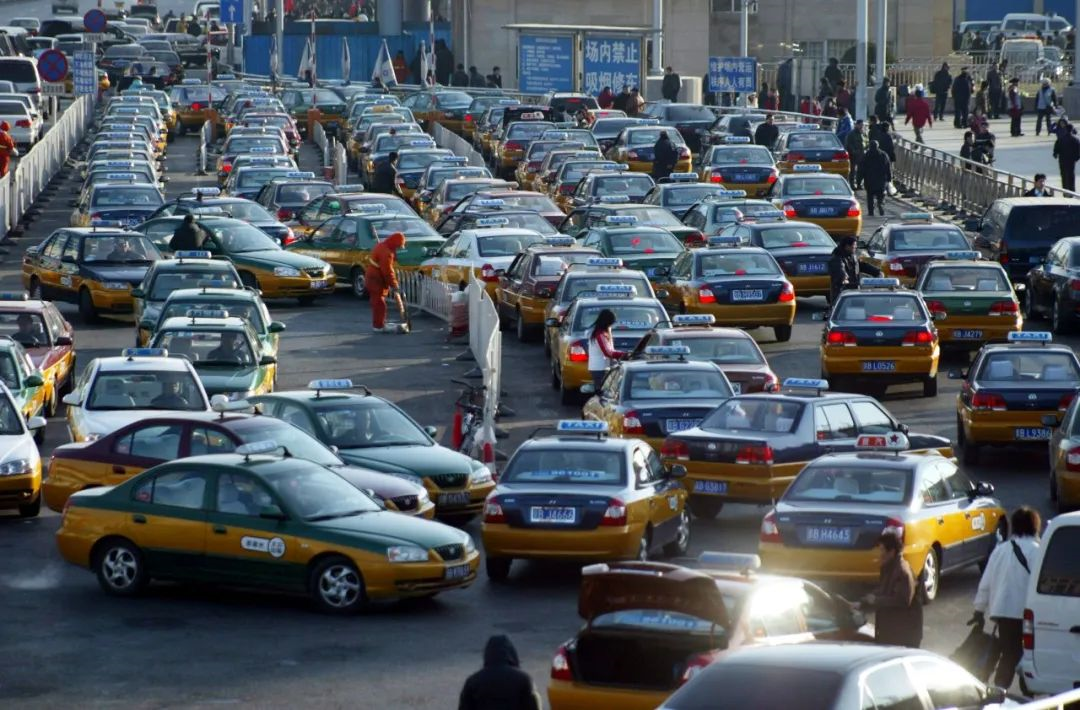
So let’s compare it with the taxi drivers in Beijing?
There are two terms in the taxi industry, one is “fenshiqian” and the other is “danshuangban”:
-
“Fenshiqian” is the money that taxi drivers have to pay to the company every month, which is very similar to the platform service fee deducted by Didi platform. However, the “fenshiqian” of taxi drivers is fixed every month, and does not need to be deducted according to the proportion of turnover.
-
“Danshuangban” is divided into single-shift and double-shift. Single-shift is one person and one car, double-shift is two people and one car, and each person alternates to drive for one day. The “fenshiqian” of single-shift drivers is higher than that of double-shift drivers.Currently, single-shift drivers of Beijing’s pure electric taxis earn around 5,000 yuan in monthly income, which is comparable to the rental fees of BYD D1 vehicles, but they don’t need to pay other fees to the company.
In comparison, taxi drivers pay much less than ride-hailing drivers every month.
Moreover, taxi companies sign labor contracts and pay for five types of social insurances and one housing fund for taxi drivers.
This means that there is a legal labor relationship between taxi drivers and the company, and they can enjoy certain protections. However, the relationship between ride-hailing drivers and platforms such as Didi seems more like a part-time or agency contract, and there is no protection for social insurances and housing fund.
When chatting with Beijing taxi drivers, some drivers said:
Usually, the agreement requires a minimum of 3-4 years to be signed, or even 5 years. If you quit early, you will also be fined. In terms of work flexibility, it is not as good as ride-hailing drivers.
As for the daily costs of Beijing pure electric taxis, they all use BAIC EU5’s battery swap version, which supports two energy replenishment methods: battery swapping and charging.
When swapping batteries at the swapping station, the cost is calculated based on distance traveled, and the battery swapping fee is 0.35 yuan/km, which is already comparable to the fuel cost of Corolla Hybrid. Most of the charging fees are at 1.75 yuan/kWh, and there are no dedicated charging benefits, either.
Therefore, the daily operating cost of Beijing pure electric taxis is relatively high.
However, compared to the “platform service fees” deducted from ride-hailing drivers every month, the daily operating expenses of Beijing pure electric taxis are negligible except for the BYD D1.
Currently, there are many models in the domestic market that are specifically provided or intended to be provided to “ride-hailing drivers”, such as the GAC Aion S HX series, WM E.5, FAW Besturn NAT, and the previously planned but now silent Zhihang Box, etc.
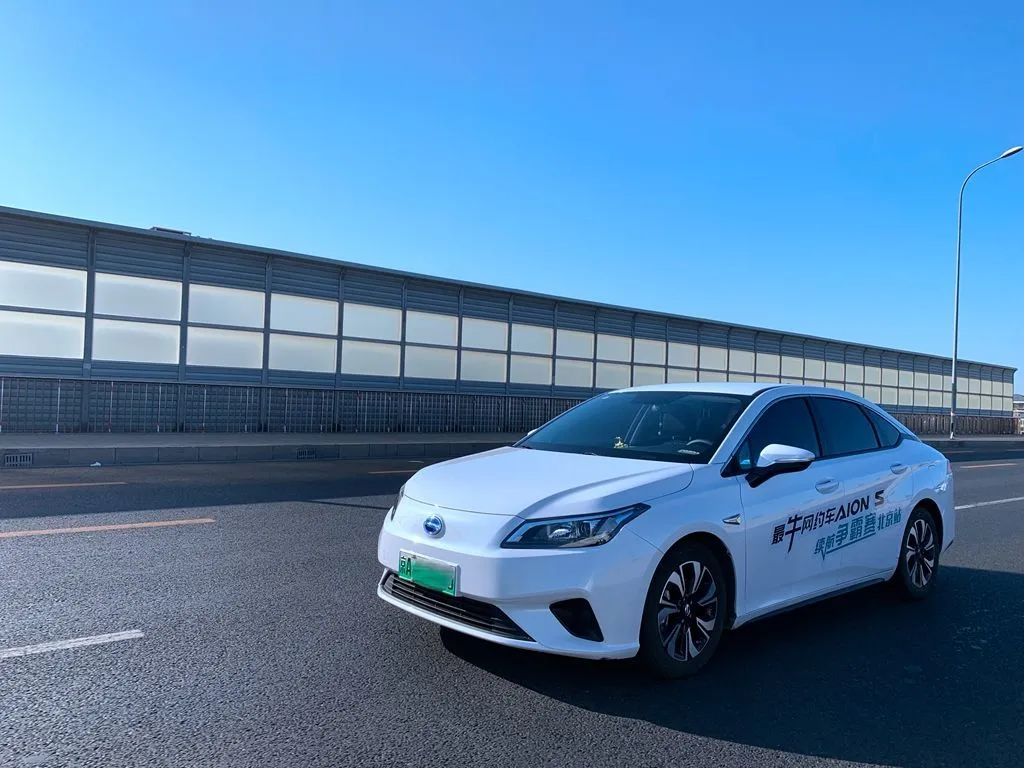
Among them, the GAC Aion S HX series and WM E.5 look no different from ordinary private cars in appearance.

However, the FAW Besturn NAT is a vehicle specially designed for the travel market like the BYD D1, has a “rental version” model, and its exterior design and vehicle structure are very similar to the BYD D1.
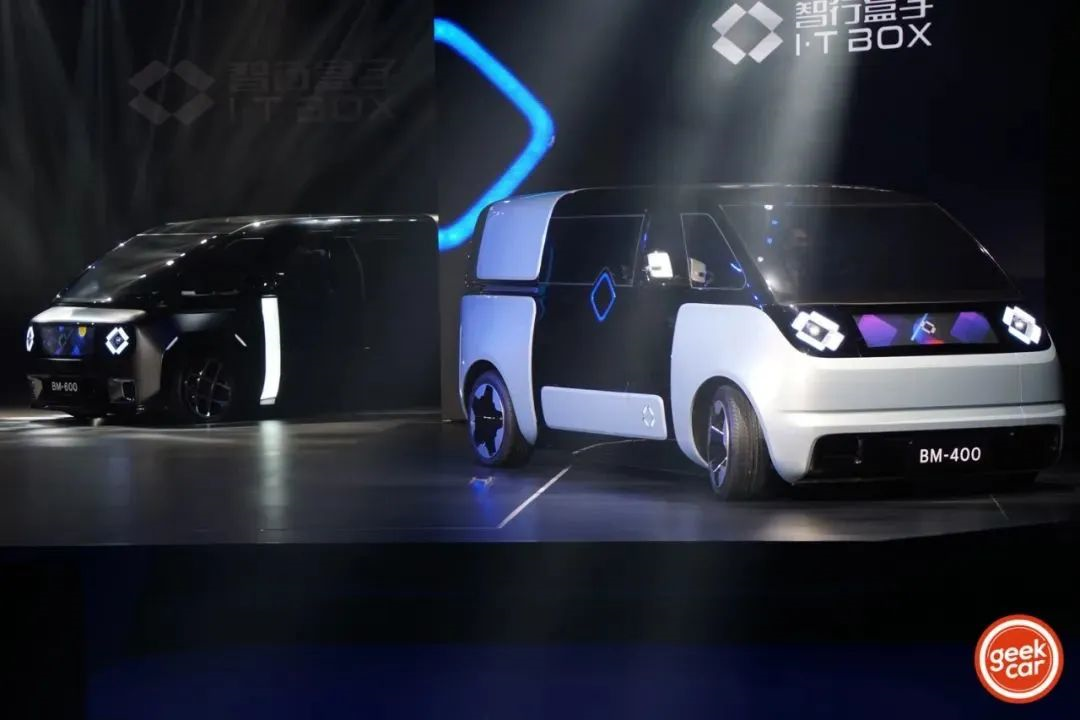
Zhihang Box, on the other hand, aspires to challenge the high-end travel market with unique seat layouts and scenario definitions.

From the current perspective, the development of models like Zhihang Box in the current Chinese travel market is bound to be hindered because one thing that drivers care about a lot is “cost”.It has to be said that the transportation market does need dedicated vehicle models. At least, during my experience with the BYD D1, the level of comfort in terms of space and functionality provided to passengers is unparalleled compared to many private car models.
Meanwhile, the transportation market also needs to provide drivers with more benefits and lower costs, in order to secure their confidence in their work.
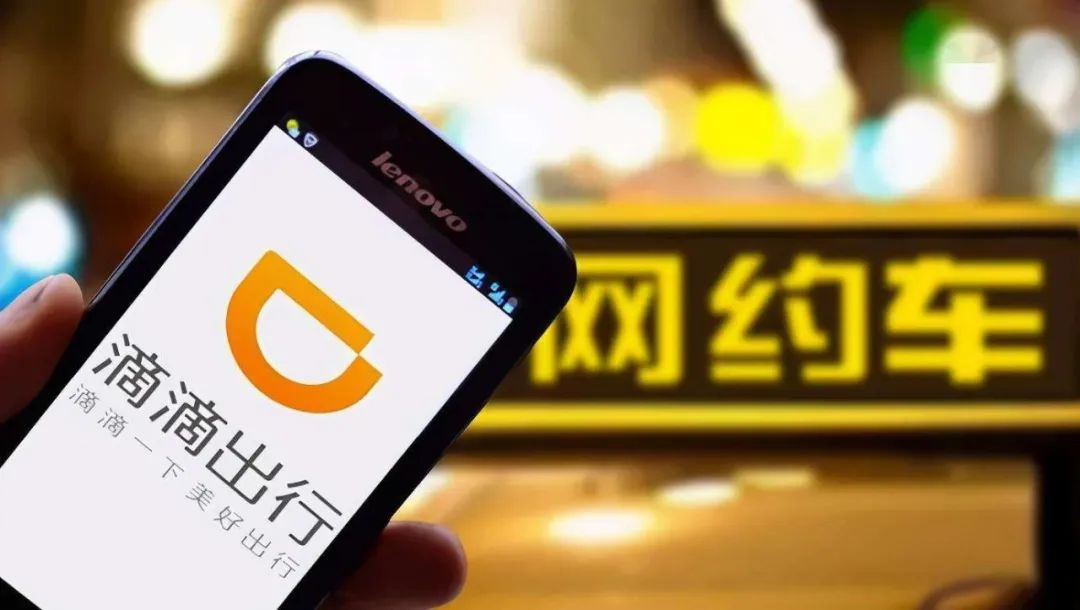
Although the BYD D1 is a benchmark product specially designed for the transportation market, there are still many shortcomings in actual operational scenarios.
In other words, this also provides an opportunity for cooperation between other automakers and transportation platforms.
Finally
As of now, passengers have obtained service experiences, automakers have obtained some sales volume, and ride-hailing platforms have obtained revenue, but all of this seems to be paid for by leasing companies and drivers.
Moreover, in the Beijing transportation market, there are not many “ride-hailing-dedicated” vehicles like the BYD D1. In many cases, ride-hailing drivers are more willing to choose fuel-efficient gasoline vehicles or hybrid models.
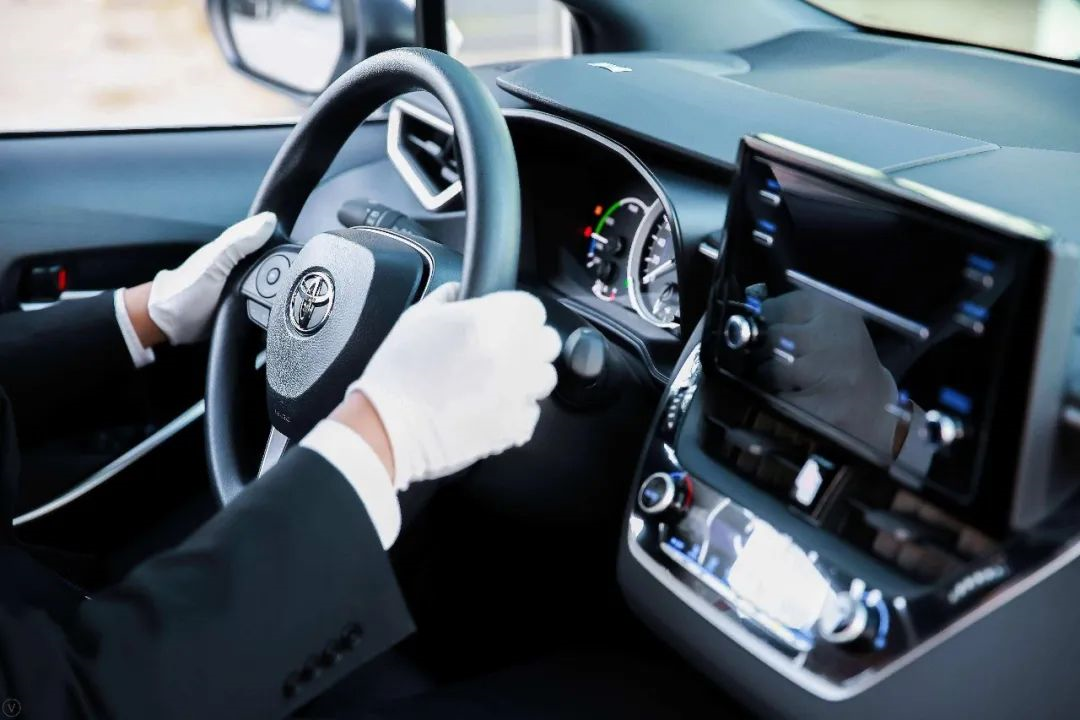
The main reason is that electric vehicles’ winter endurance is discounted, vehicle rentals are too high, and supplementary energy fees are time-consuming, etc.
As for excellent passenger experiences, they are not directly related to drivers’ earnings.
 Therefore, solving these problems is necessary to ensure that every role from passengers to drivers, from car companies to platforms can benefit.
Therefore, solving these problems is necessary to ensure that every role from passengers to drivers, from car companies to platforms can benefit.
In other words, even ride-hailing drivers need more “protection”.
This article is a translation by ChatGPT of a Chinese report from 42HOW. If you have any questions about it, please email bd@42how.com.
